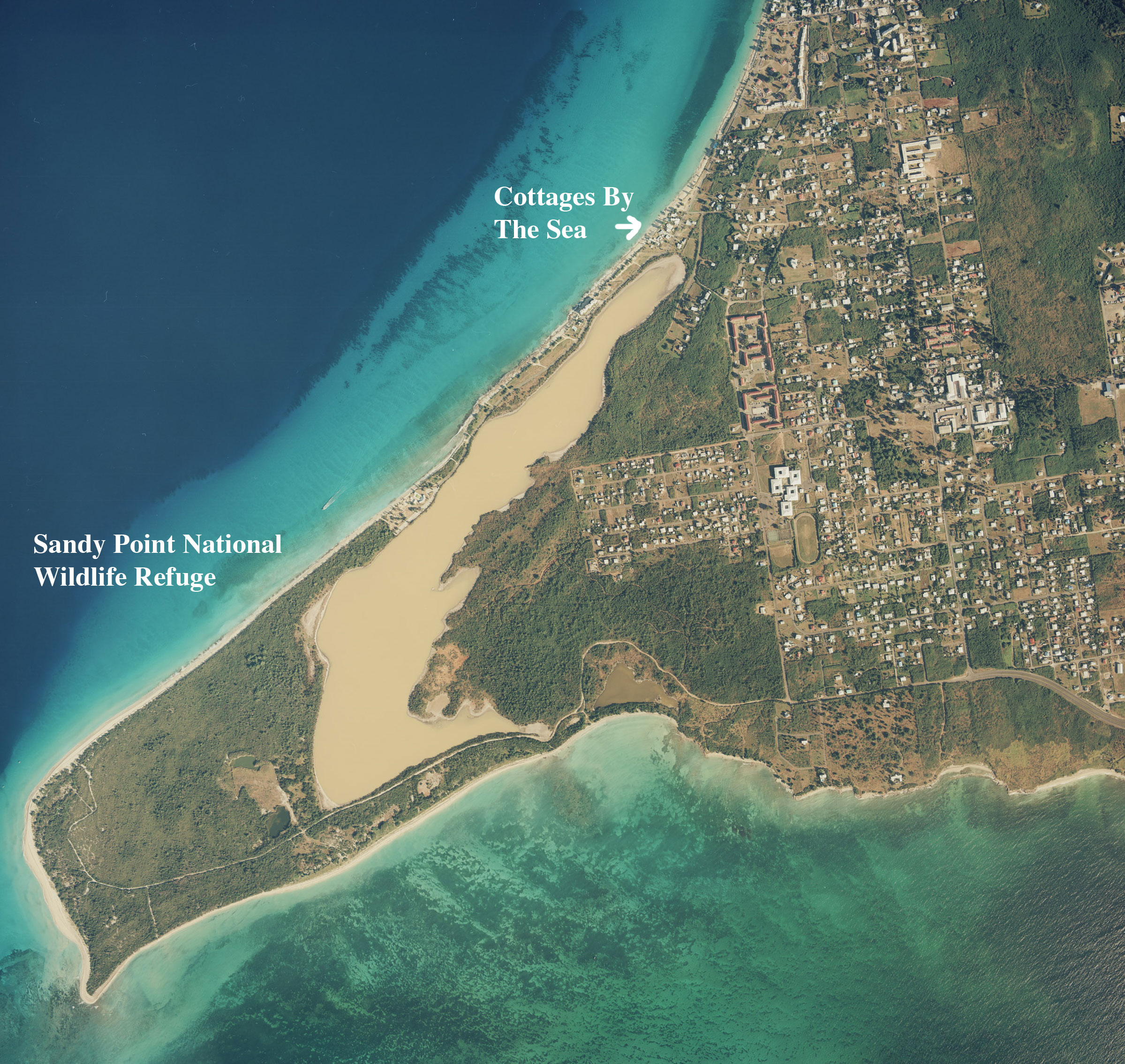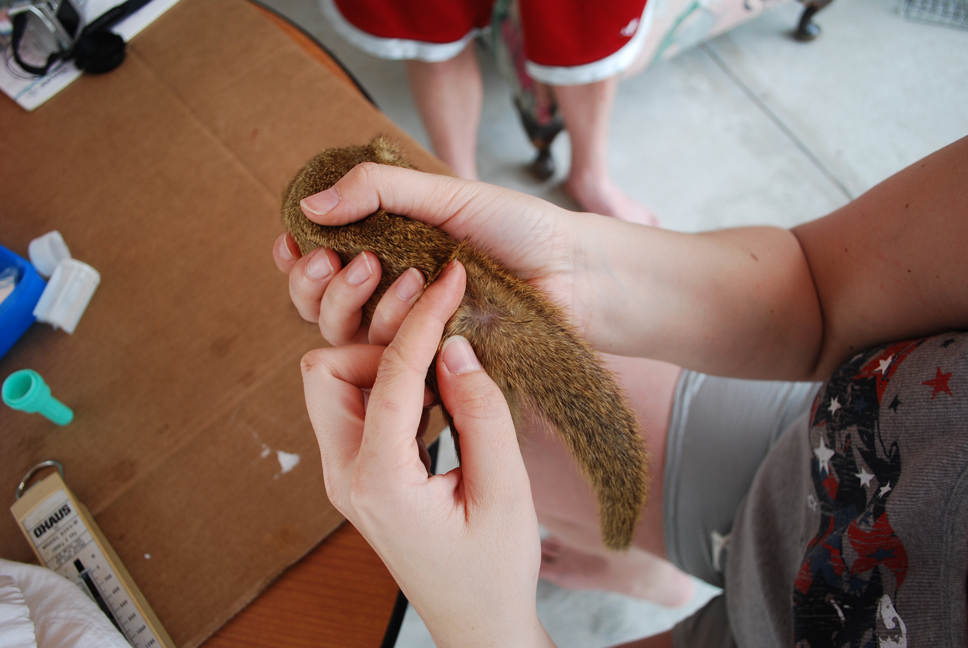- TNC: Cool Green Science
- Welcome
- Mongoose Dem Mini-Documentary
- Mongoose Research
- Overview
- SPNWR Vegetation Research
- Cruzan Culture
- Research Trips
- New World Distribution
- Redsicover St. Croix
- St. Croix Technical Resources
- Gallery of Mongoose
- Mongoose Audio Recordings
- Natural History
- Trapping Data
- SPNWR Thermal Profile
- Mongoose Trail Camera Videos
- Mongoose Trapping Videos
- SPNWR Nature Trails
- 2009 UMass Research Conference
- Trail Camera Images
- Marine Invertebrates/Plankton
- Puddikowski
- Attitutde Adjustment
You are here
Parasites of Small Indian Mongoose Inhabiting St. Croix, US Virgin Islands
Thu, 04/30/2009 - 23:15 — buzzh
Katie Case, CVT
Biology Department
Westfield State College
Westfield, MA 01086-1630
kcase0680@wsc.ma.edu
Biology Department
Westfield State College
Westfield, MA 01086-1630
kcase0680@wsc.ma.edu
Abstract
Small Indian mongoose (Herpestes javanicus) were introduced from India onto islands in the Caribbean, Hawaii, Fiji, and Japan in the late 1800s to control rat populations on sugar cane plantations. Since their original introductions, populations have increased dramatically on many of the islands and are now commonly observed throughout their newly adopted homelands. In addition to the absence of competitors and predators, and an abundance of food, their survival has also likely been enhanced by reduced parasite loads. Many parasites require secondary hosts, and in the case of the mongoose, many secondary hosts are not present in the New World because mongoose were brought here from the Old World. Numerous studies (theoretical and field) have demonstrated negative correlations of parasite load and host survivorship and fecundity (c.f., Torchin et al., 2003). Previous studies of ectoparasites and gastrointestinal parasites of small Indian mongoose have demonstrated low levels of parasitism on other islands in the Caribbean and Pacific. This study reports the incidence of parasites of mongoose inhabiting St. Croix, US Virgin Islands.
Questions
- What type of internal or external parasites do the mongoose have in their new habitat?
- Are there sex differences with regard to parasite infestations?
- Are there age differences with regard to parasite infestations?
Methods
 Sandy Point National Wildlife Refuge  Checking mongoose for flea dirt. |
This study was conducted on Sandy Point National Wildlife Refuge, St. Croix, US Virgin Islands. Thirty live-traps were placed along the beach and the Refuge road and baited with a chicken foot from 15-19 March 2009 and checked daily. Traps were placed in the shade and each location was recorded using a Garmin GPS 72. All animals were transported in the traps to our field laboratory for processing. Each animal was anaesthetized with Ketamine and examined for external parasites, sex, reproductive condition, and tooth-wear to estimate approximate age (age class 1 represents adults less than 2 years of age and age class 2 represents adults greater than 2 years of age). Fecal samples were collected for analysis of internal parasites. RFID microchips were injected under the skin on the ventral surface of the left hind leg of all unmarked individuals. Animals were allowed to recover from the effects of the Ketamine and then returned to their capture site. Animals typically remained in the traps for less than 3 hours from the time they were collected in the field. Fecal samples were placed in fecal cup and filled with sugar float and incubated for 15 minutes. Samples were then placed on a microscope slide and examined under 40x and 100x magnification. |
